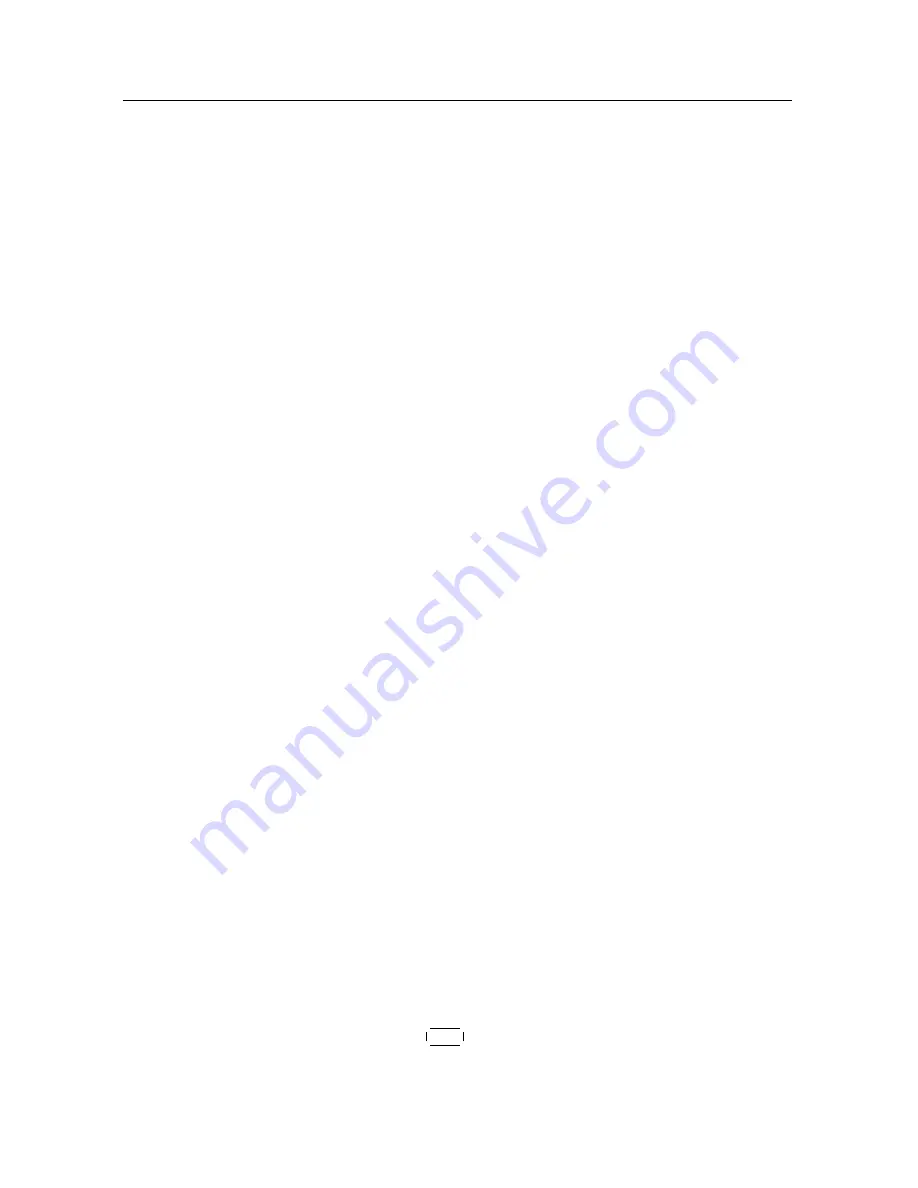
4.2 Video and audio settings
25
You cannot fully enjoy wide-screen programmes with your
normal-screen television as the above figures show. The left
figure shows a normal picture displayed in the normal screen.
To watch wide-screen programmes in the shape like the cen-
tre figure, set the
Display Format
option to
Letter Box
. Wide-
screen pictures then will be reduced to fit to the width of the
normal screen. Otherwise, to watch them in the shape like the
right figure, set it to
Center extract
. Then wide-screen pictures
will be cut out on the left and right sides equally to fit to the
width of the normal screen.
4.2.3 Colour format
Through the
TV
SCART output, the digital receiver is able to
output video in various colour formats. If you have the digital
receiver linked to your television via this output, you should
set the
SCART Output
option to your desired colour format.
If you have connected via the RCA socket labeled
VIDEO
on
the back panel, you do not have to set this option because the
digital receiver outputs CVBS video through that RCA output
independently of the SCART output.
In general, it is known that the RGB colour format provides the
best video quality but the CVBS colour format does the least.
So
RGB
would be the most desirable option for this.
4.2.4
Another video device
You can have the digital receiver linked to another video de-
vice like a video recorder or a DVD player via the
VCR
SCART
output.
In this case, the digital receiver will operate differ-
ently depending on the setting of the
VCR SCART Type
op-
tion. If the option is set to
Standard
, the digital receiver will
pass along the video from the video device to your television
when it starts playback. But if the option is set to
External A/V
,
the digital receiver will not pass the video automatically. You
have to press the
AUX
button to pass it along.
It is impossi-
ble for the digital receiver to record the video from the video
















































